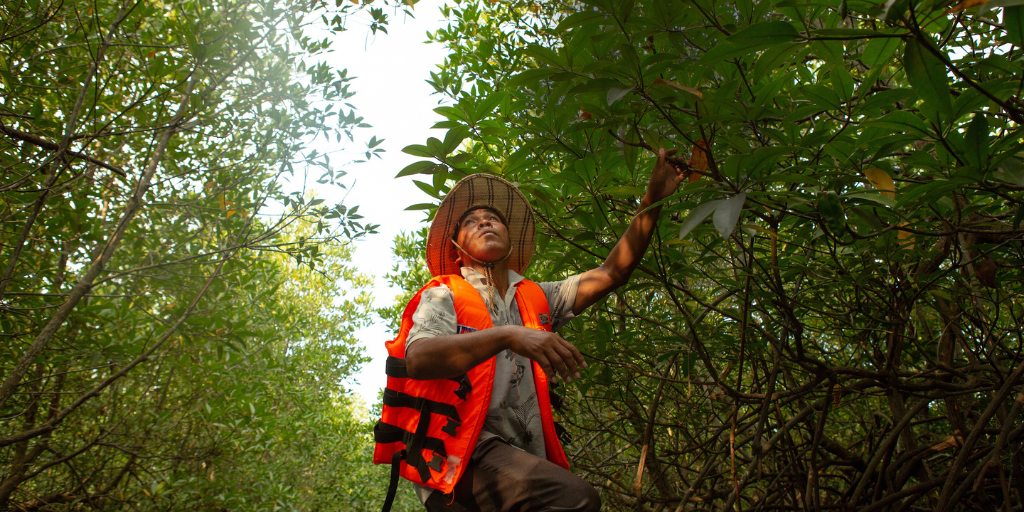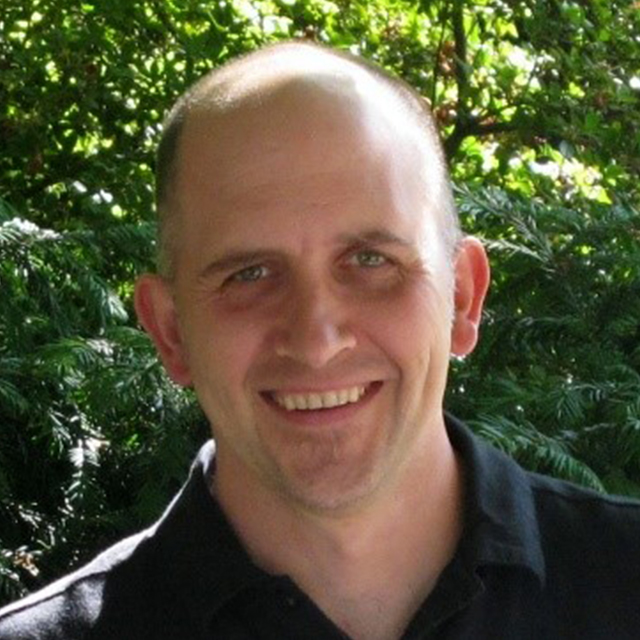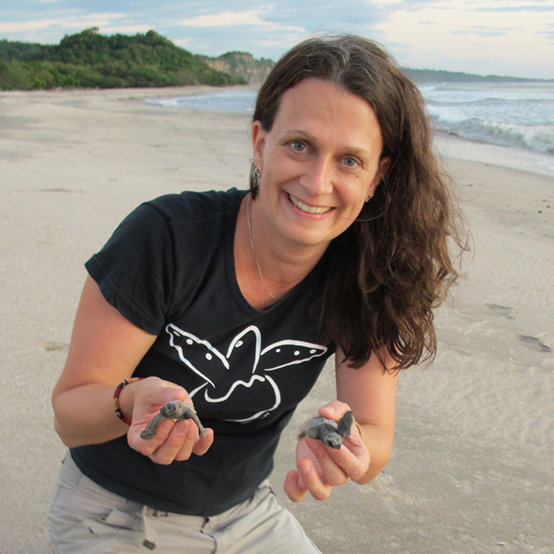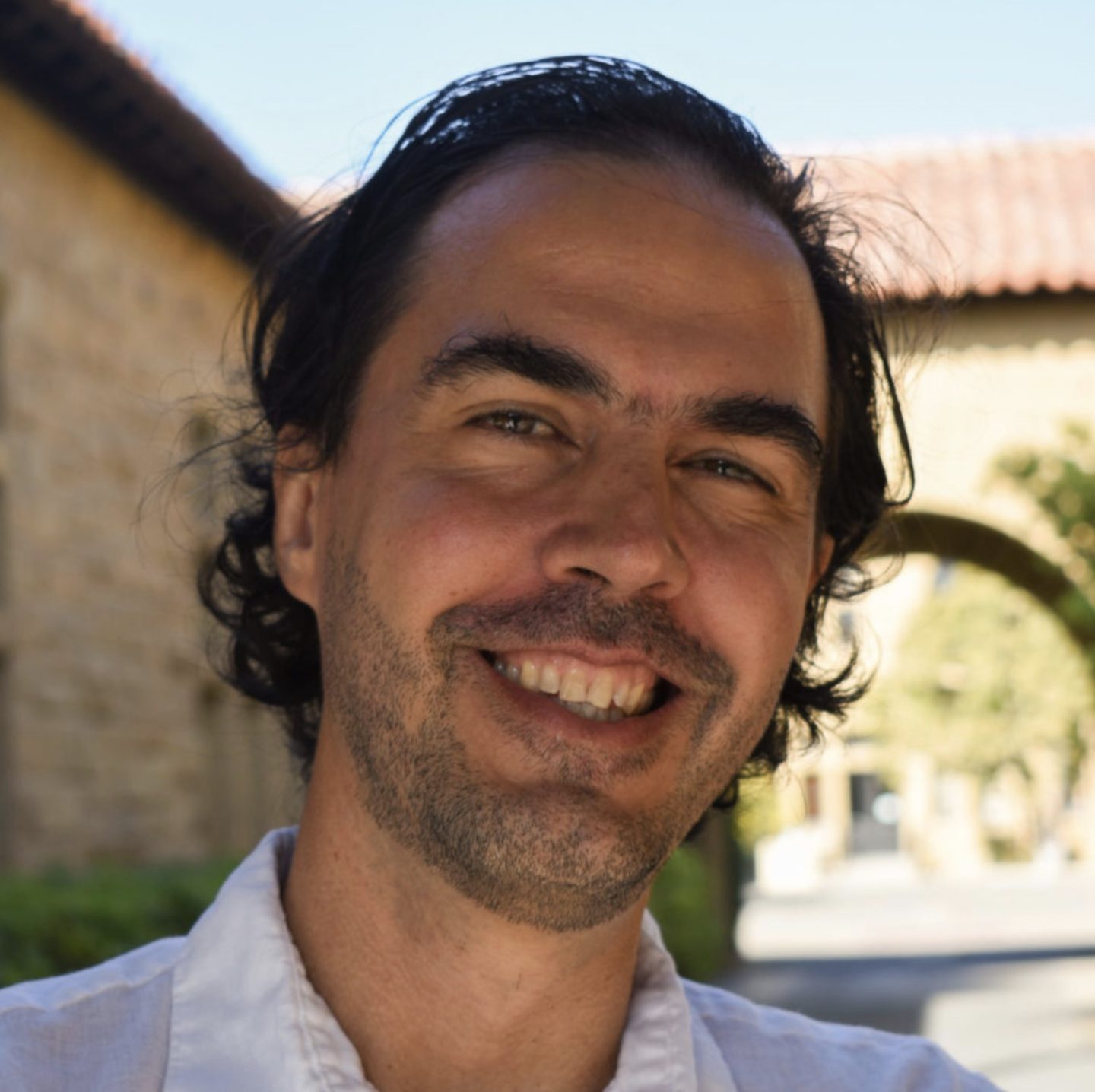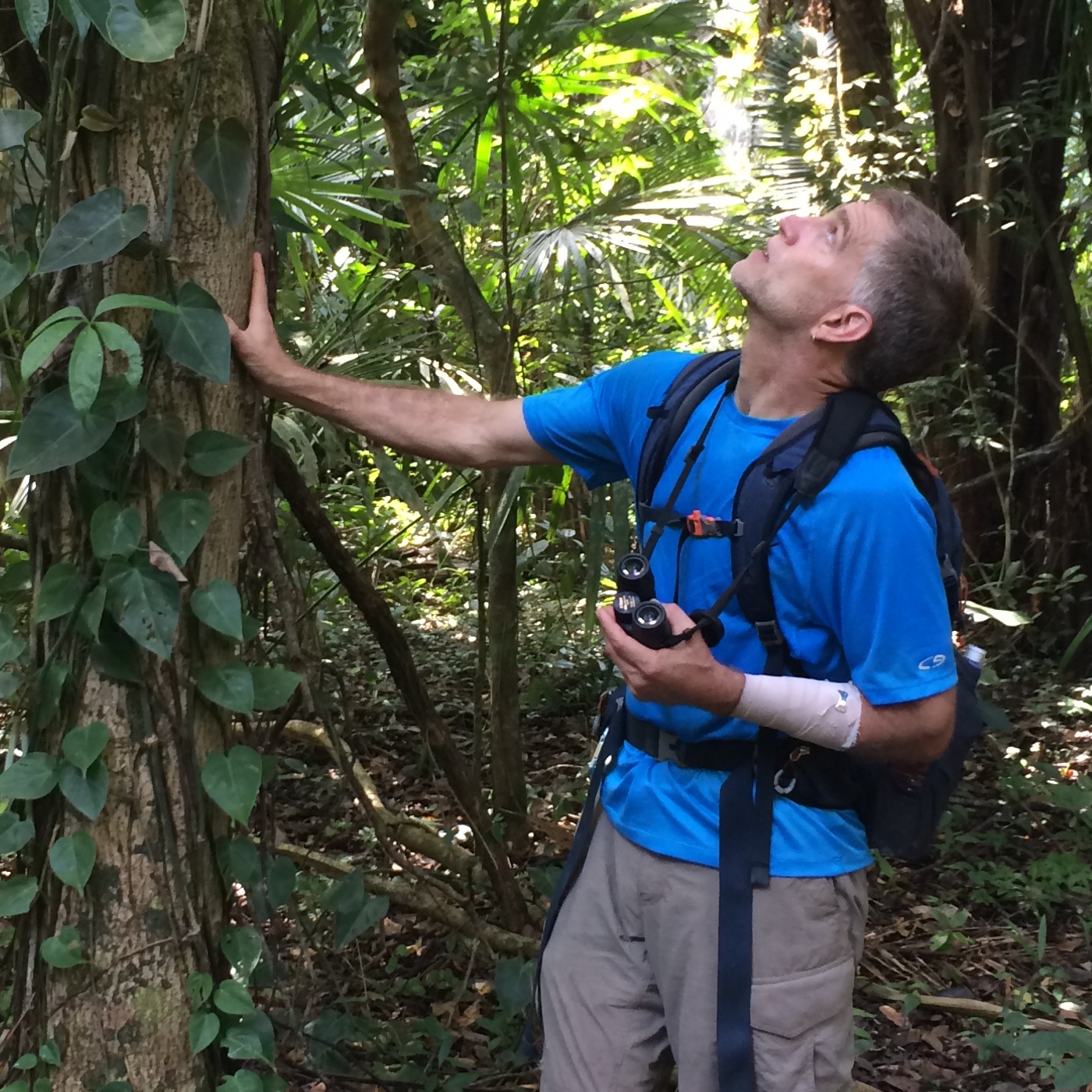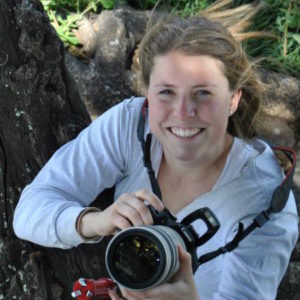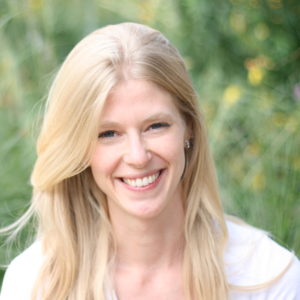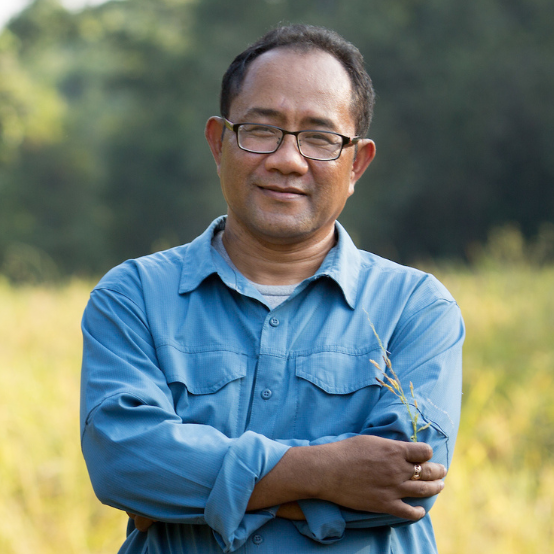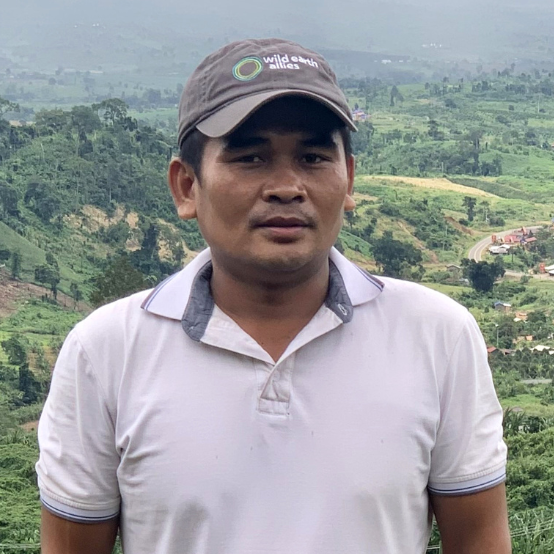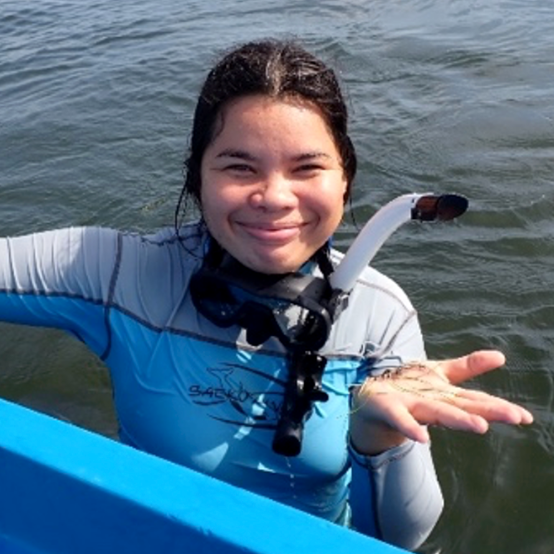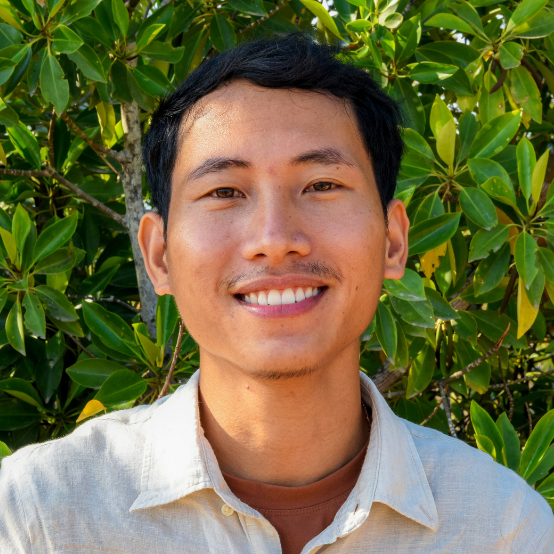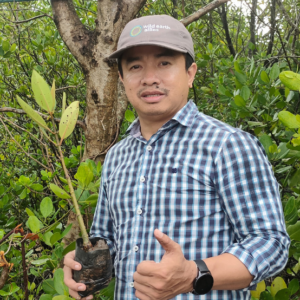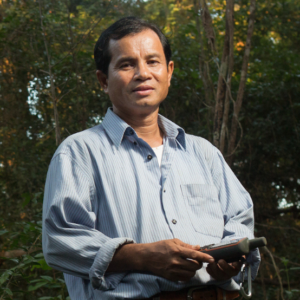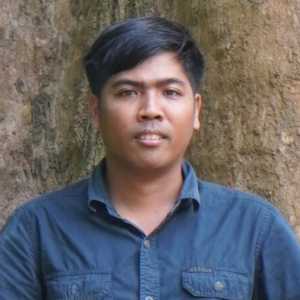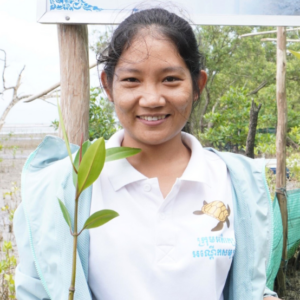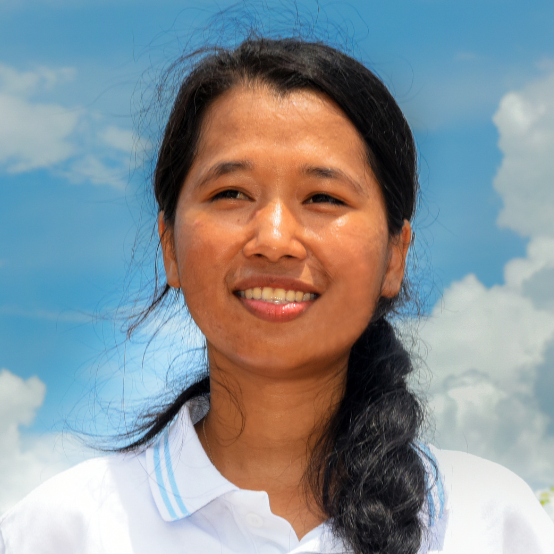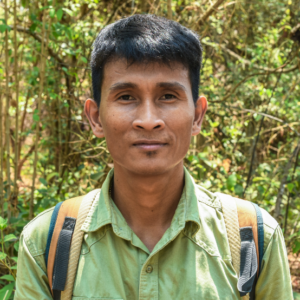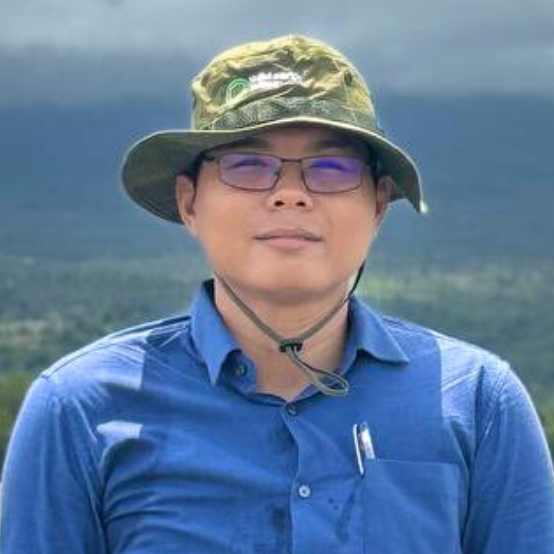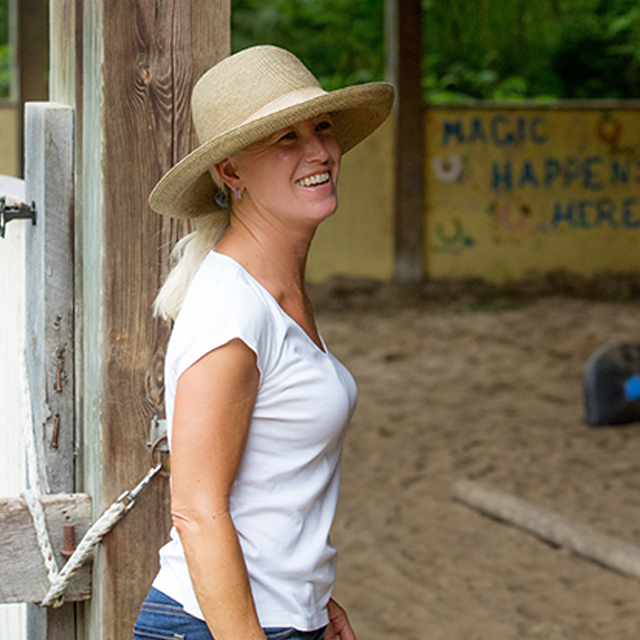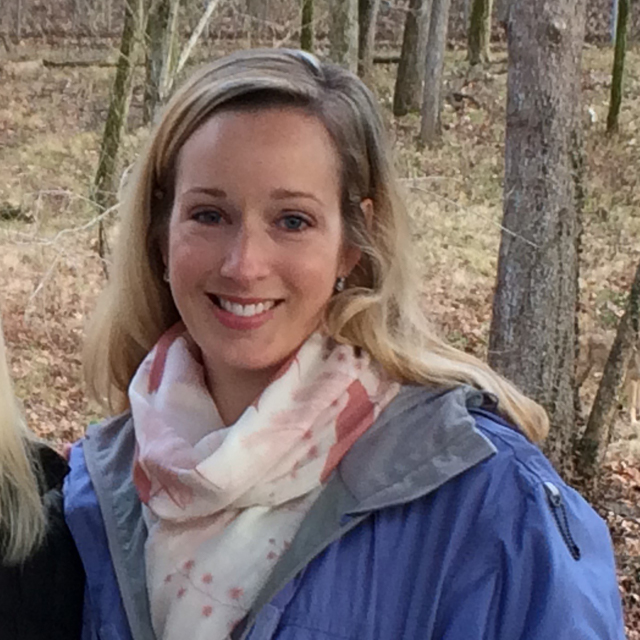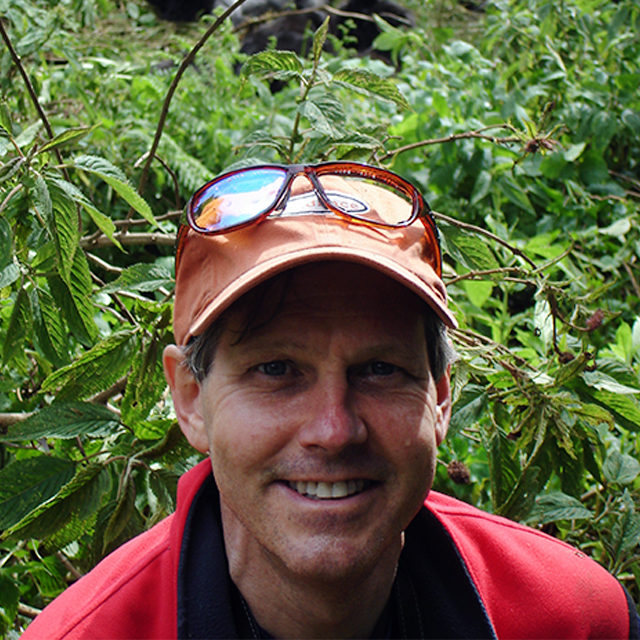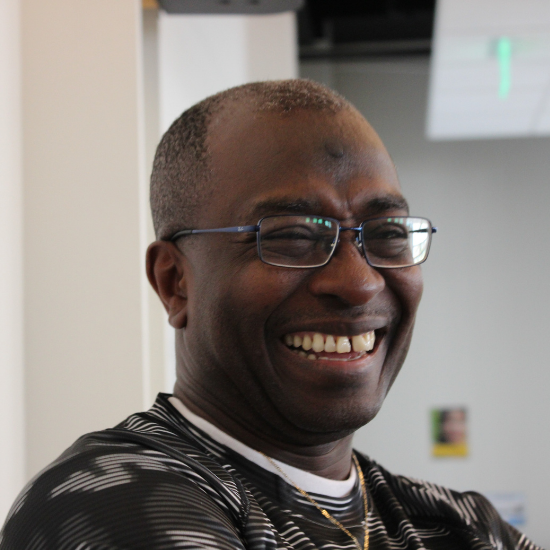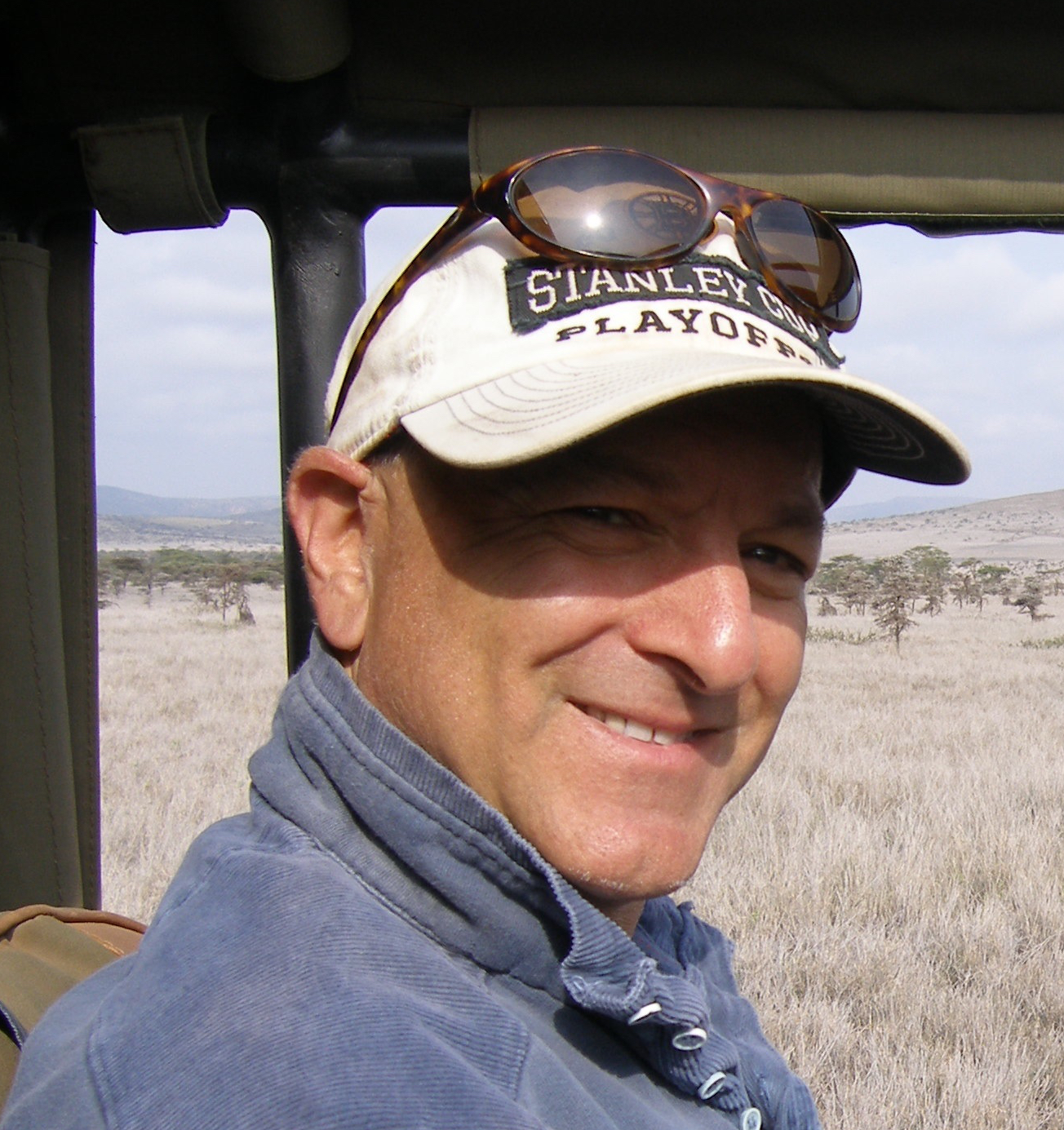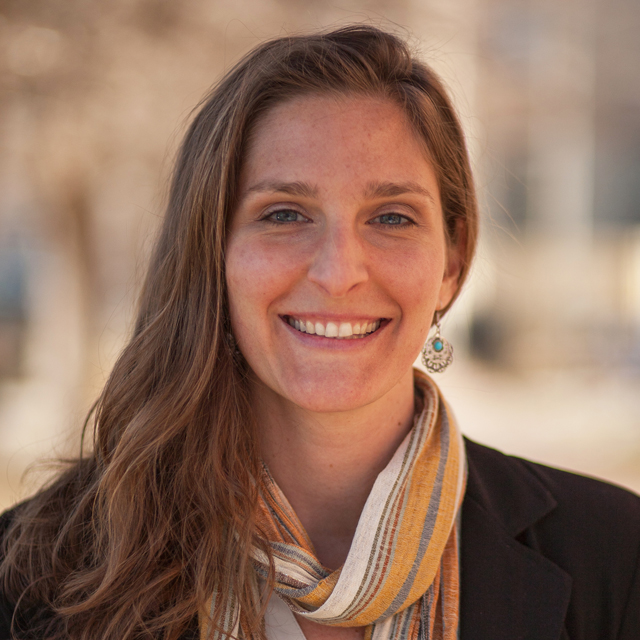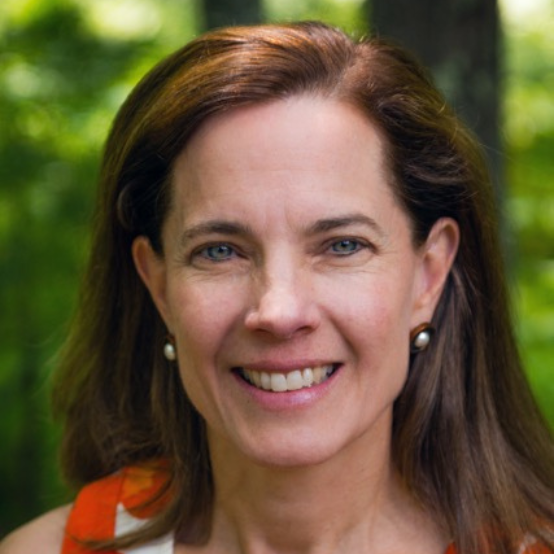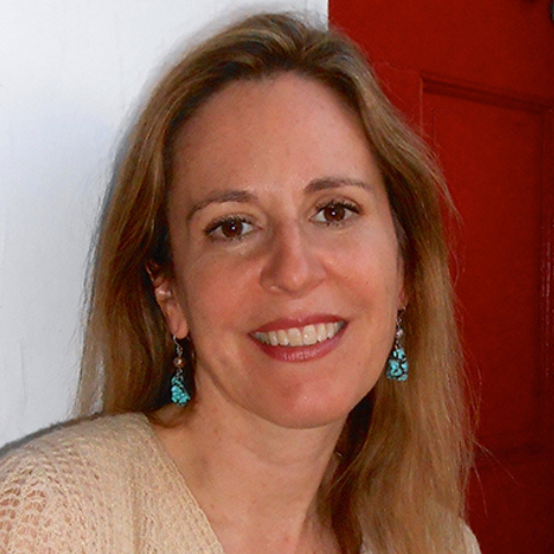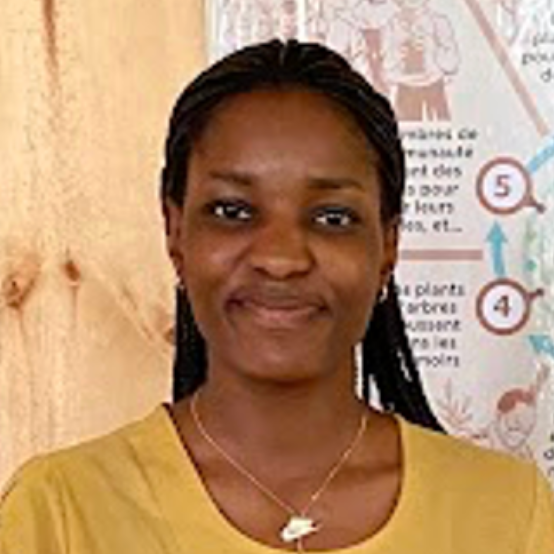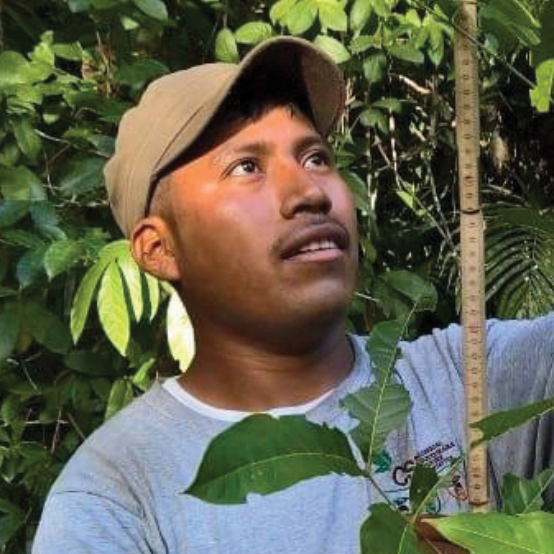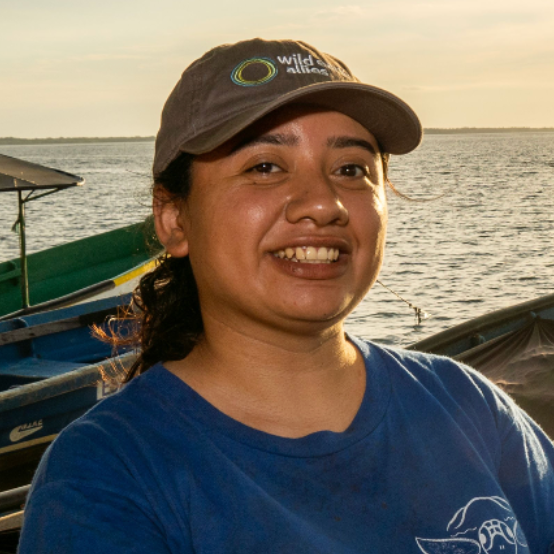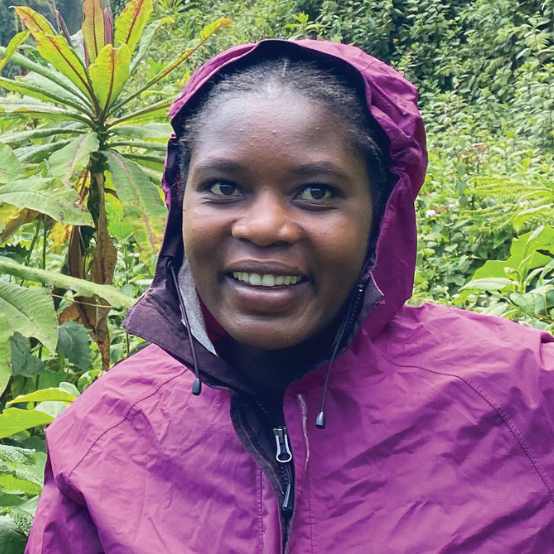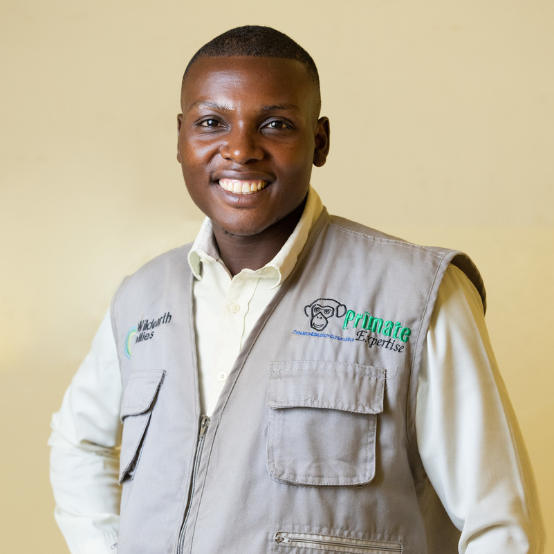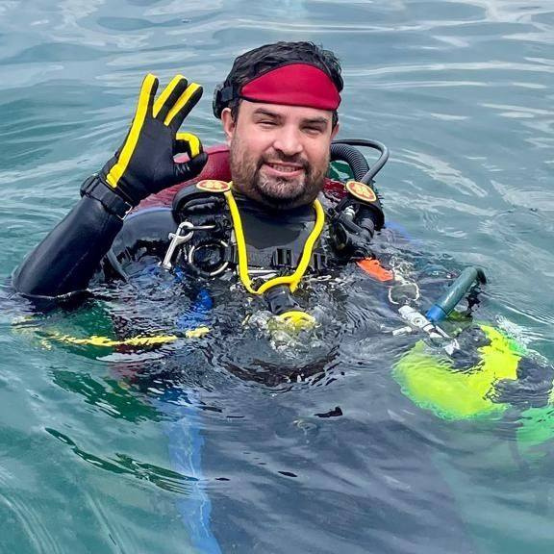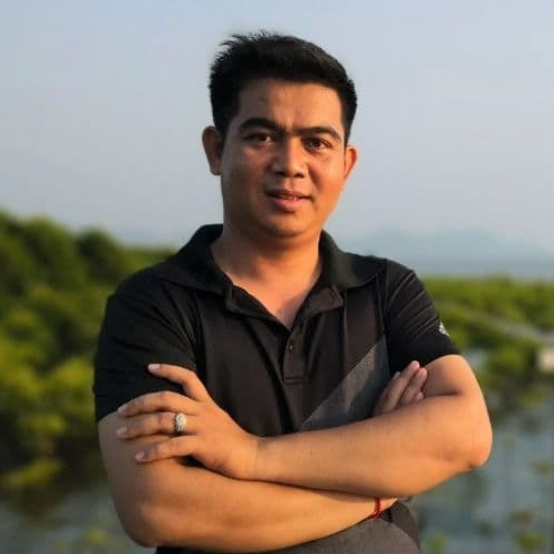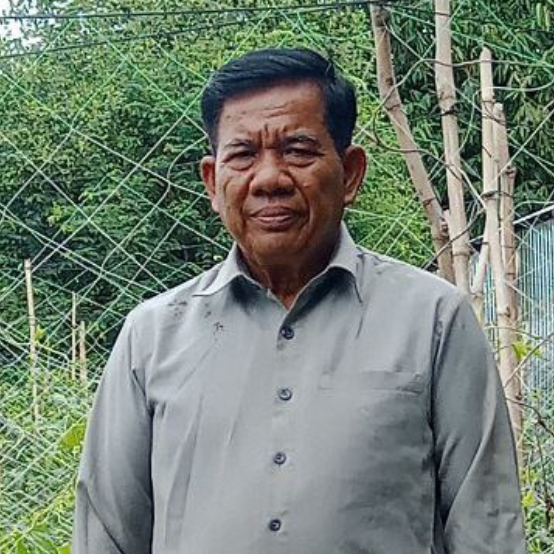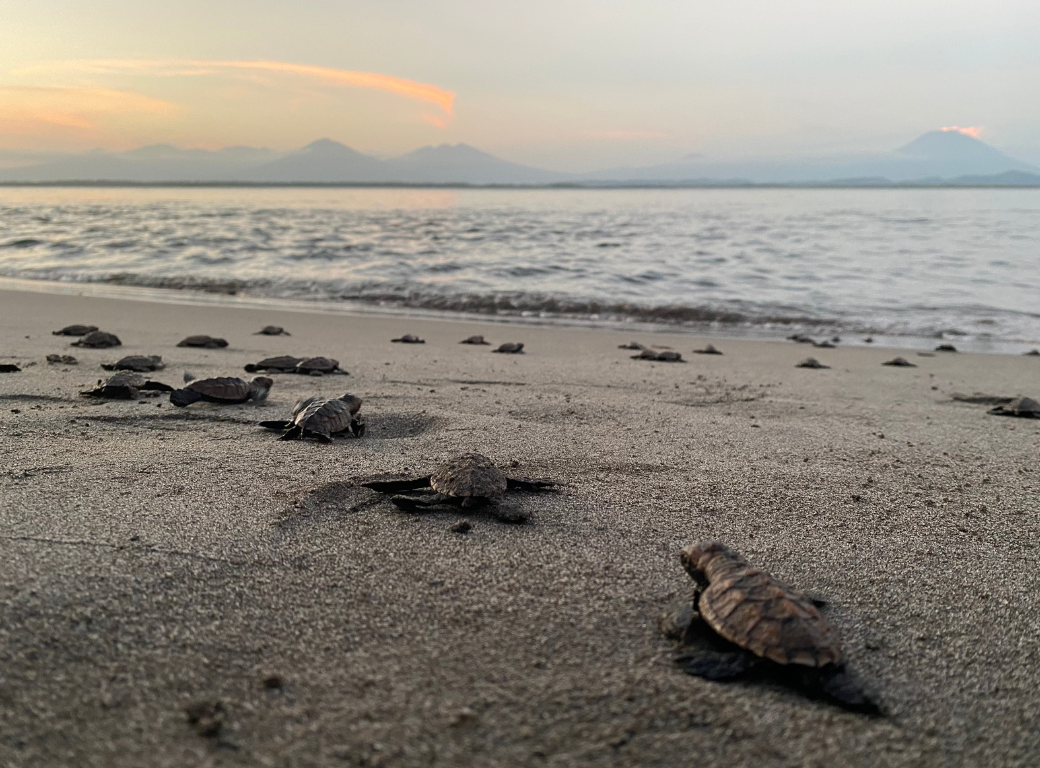
At-Risk Wildlife
One in eight animal and plant species face extinction due to habitat loss and other pressures. With our partners, we protect 45 threatened species across our program areas. Our decades-long investment in community-based conservation helps at-risk wildlife and many other species thrive.
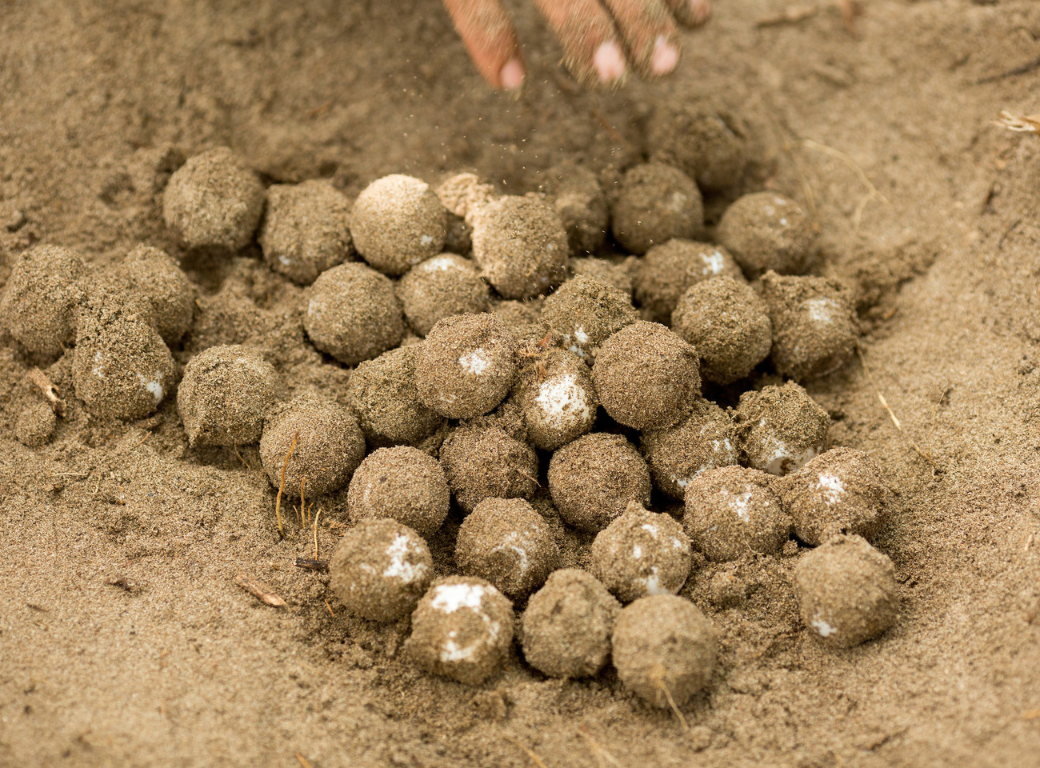
Our partner ProCosta has already monitored over 600 hawksbill turtle nests this season—a 35% increase from last year’s record-breaking results! The team successfully protected 98% of nests, which produced 45,000+ hatchlings, sparking optimism for the recovery of this critically endangered species.
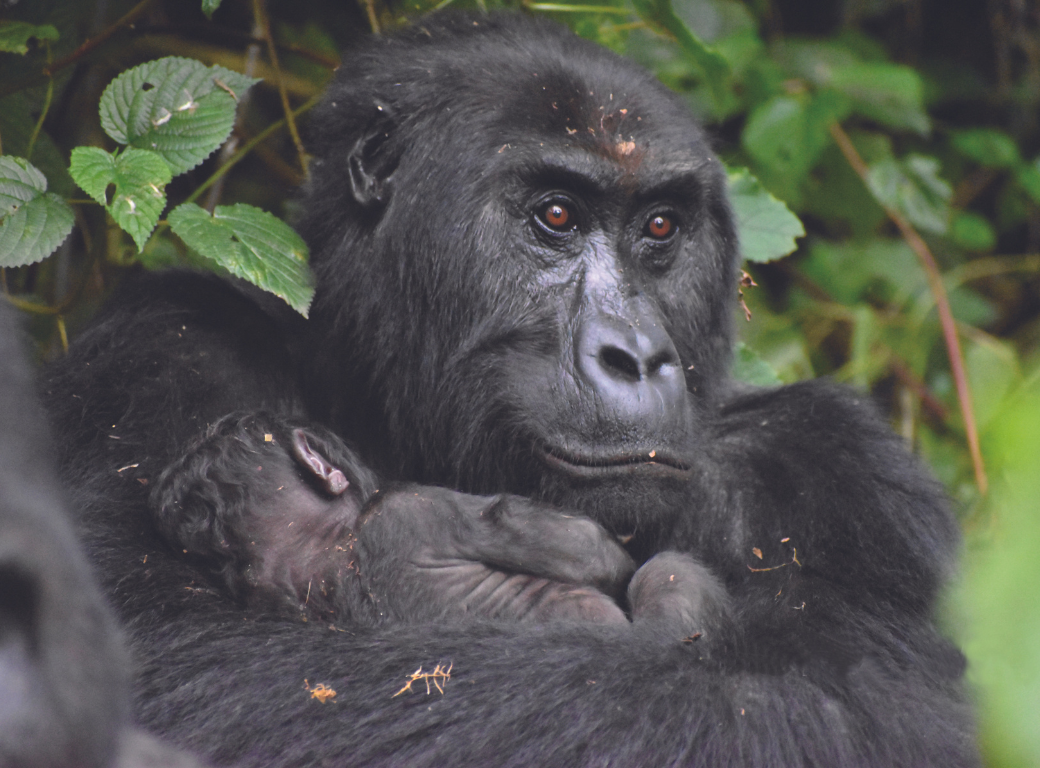
We partner with Primate Expertise (PEx) on community-based conservation of Grauer’s gorillas in the Democratic Republic of the Congo. PEx has documented an impressive 25 Grauer’s gorilla births since 2017 in the highlands of Kahuzi-Biega National Park—a stronghold for this critically endangered ape.
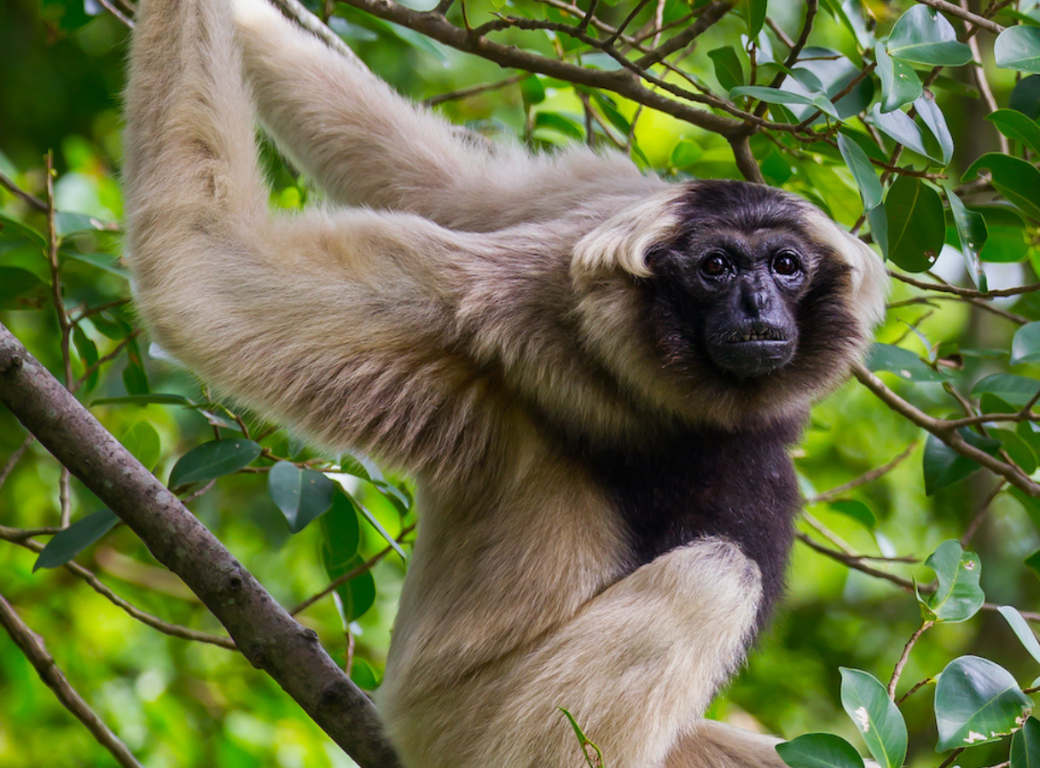
Cambodia is home to most of the world’s endangered pileated gibbons, but their populations have not been surveyed for over 20 years. Our team is remedying this and conducting surveys in Prey Lang Forest. Early results show that the number of pileated gibbons in this vital refuge may be much higher than our current estimate of 5,900!
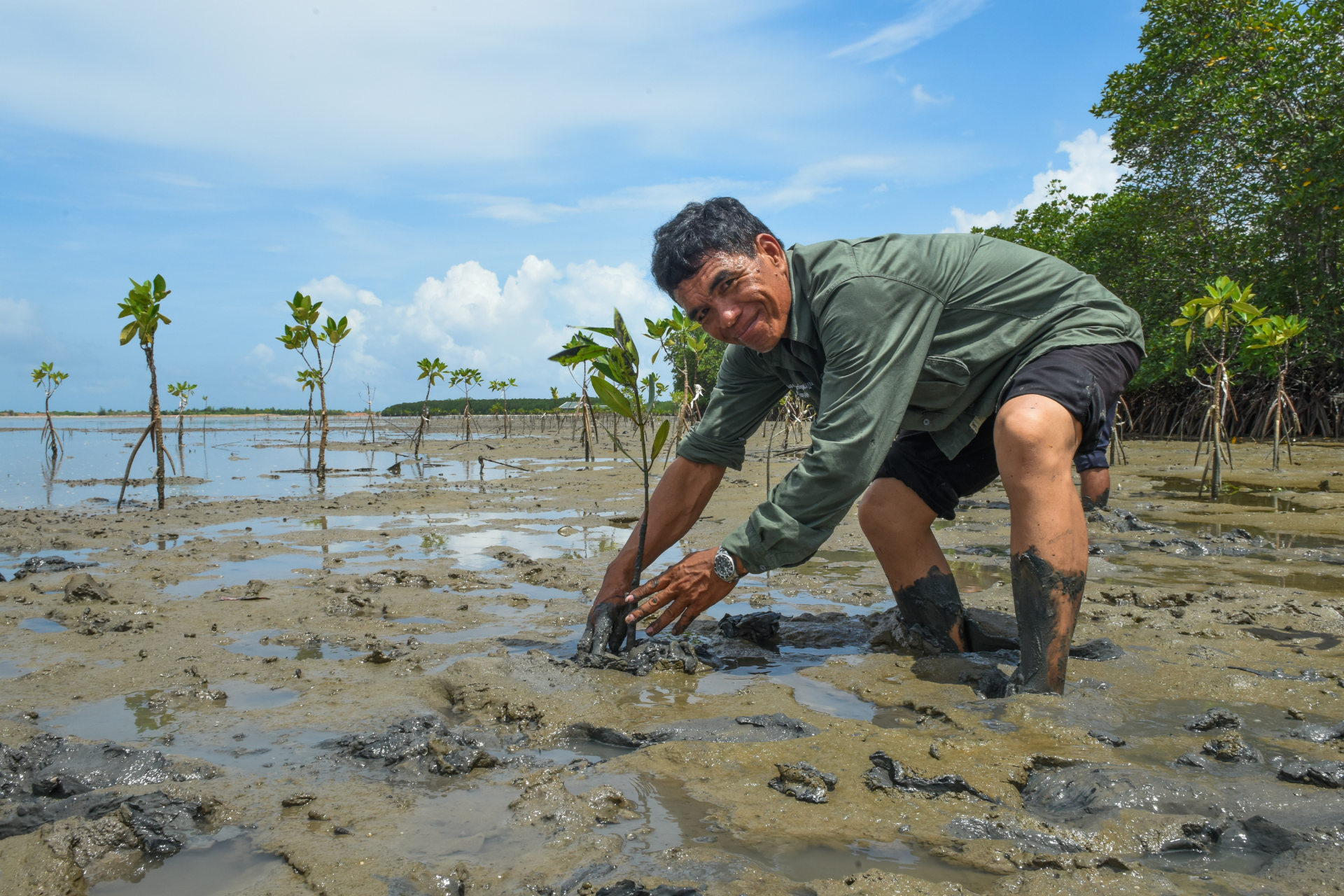
Critical Habitats
Healthy ecosystems sustain people and wildlife. Unfortunately, human actions have altered 75% of terrestrial and 66% of marine areas worldwide. Our efforts to rewild habitats and safeguard ecosystems have led to the conservation of 4+ million acres of land and seascapes.
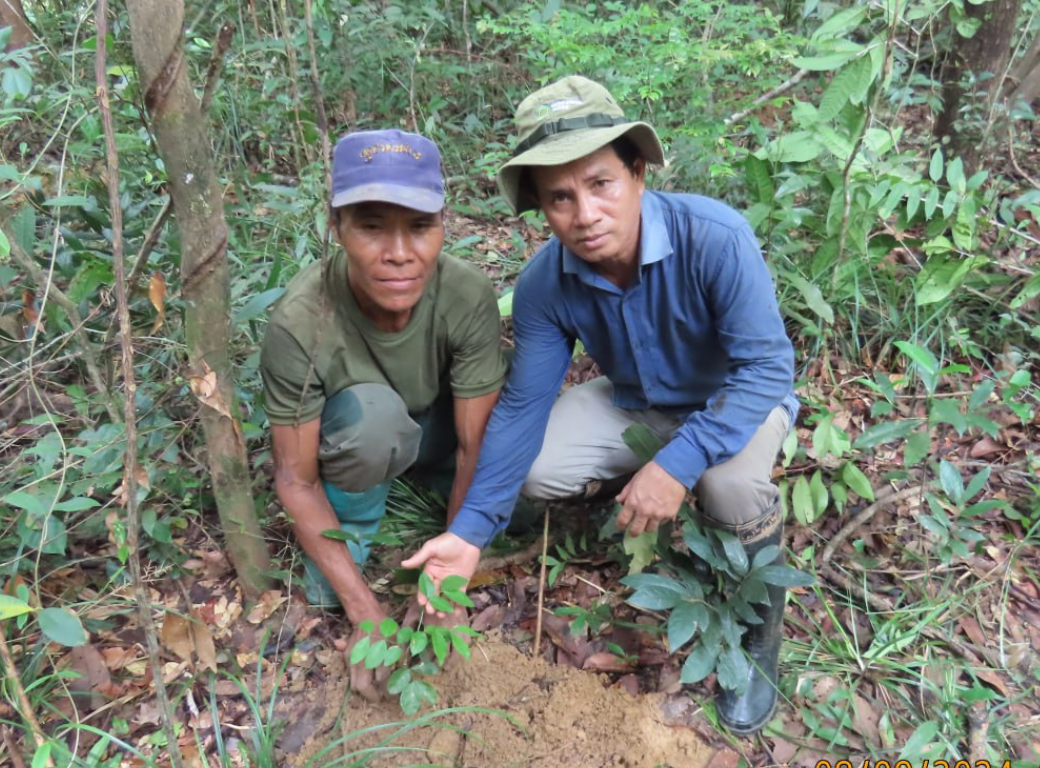
Protecting Threatened Trees
With Indigenous Kuy communities in Prey Lang Forest, we launched an initiative to document, protect, and restore threatened trees. Species include rosewood, which are heavily trafficked trees and account for up to 40% of the global illegal wildlife trade. We are growing 20,000 seedlings to reforest degraded areas.

This year, we planted an additional 11,300 native trees with our partner Delaware Wild Lands in the Great Cypress Swamp, bringing our total to over 44,000 planted together! These trees play an important role in restoring the Swamp and its biodiversity.
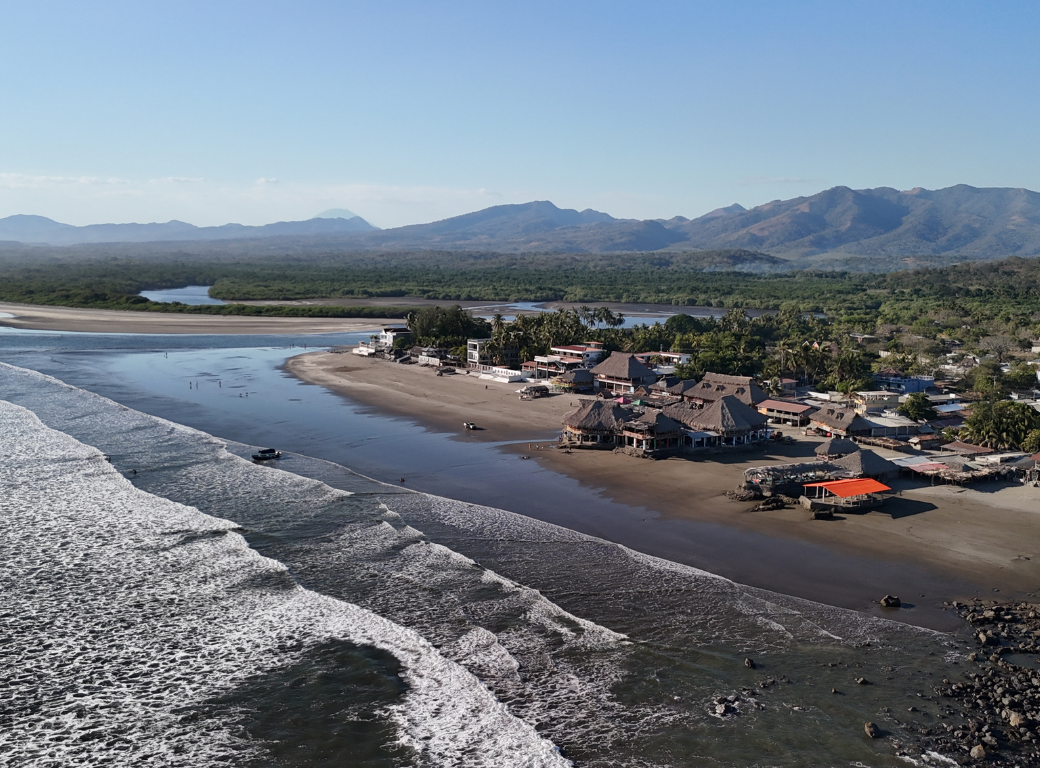
In El Salvador, we are establishing a new marine protected area with our partner ProCosta, government colleagues, and local fishers. This area will expand biodiversity protection and increase community benefit flows.
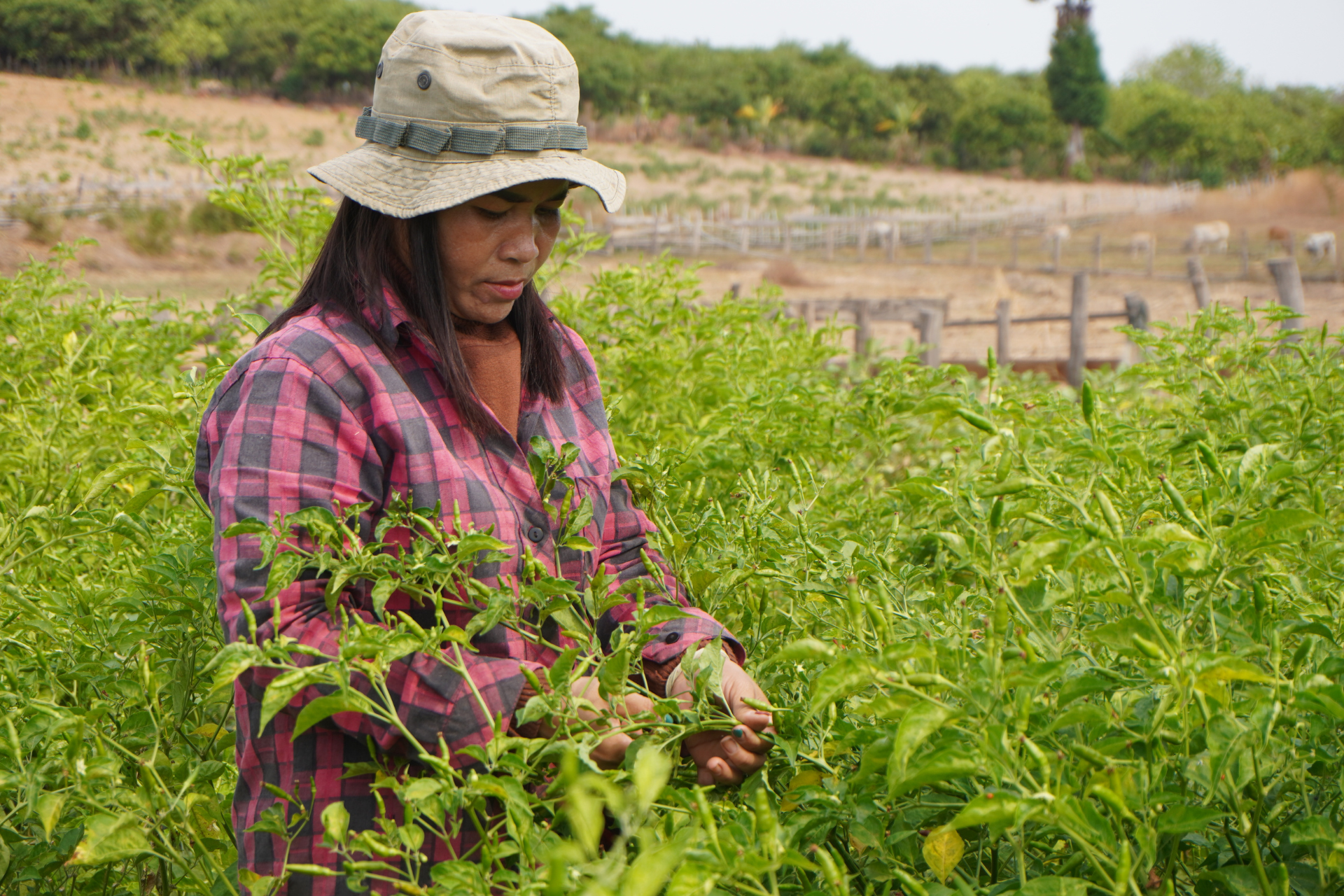
Sustainable Livelihoods
At least 30% of people living in tropical countries depend directly on nature for food, water, energy, and income. With our partners, we’ve improved access to natural resources for over 35,600 people.
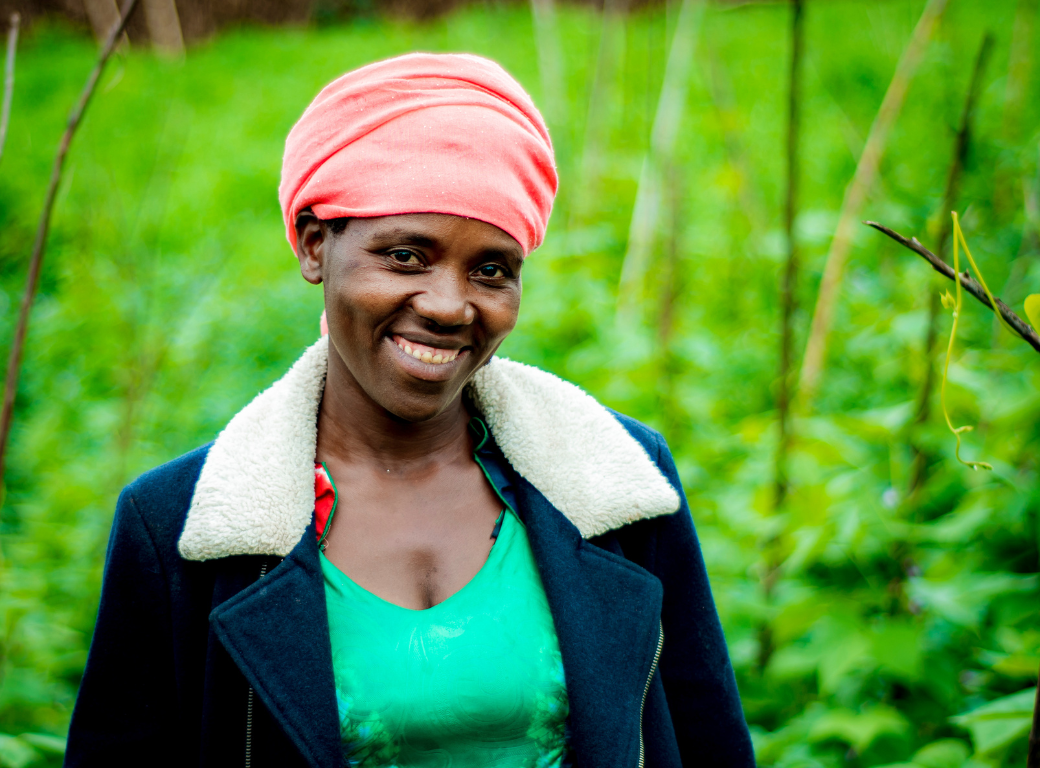
We partner with the women-led cooperative Imbereheza Gahunga in Rwanda to support local efforts that benefit people and wildlife. The cooperative provides small loans to help members rent land and buy seeds to grow crops for food and income. This year, we grew the cooperative’s revolving loan fund to reach 188 farmers. Each participant has reported profits and repaid their loans in full.
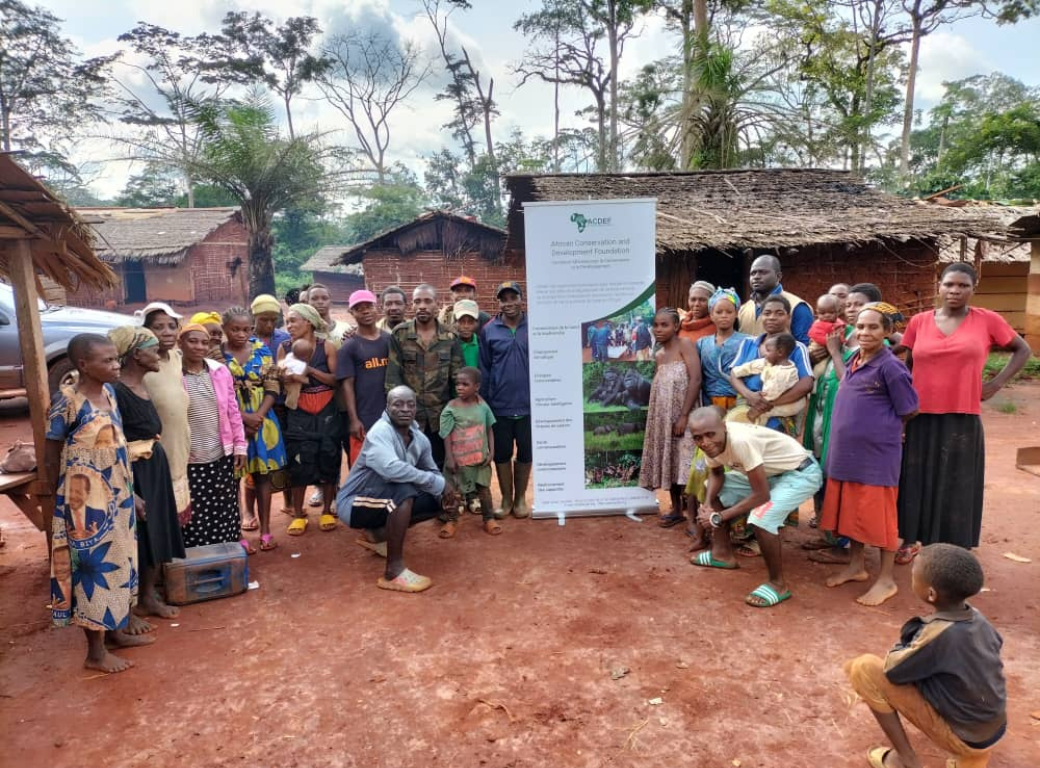
Strengthening Food Security and Income
With our partner in Cameroon, the African Conservation and Development Foundation, we collaborated with community partners in 13 villages on the northern border of Dja Biosphere Reserve to design eco-enterprise business plans. Profit sharing from these enterprises will benefit families, social projects, and wildlife conservation.
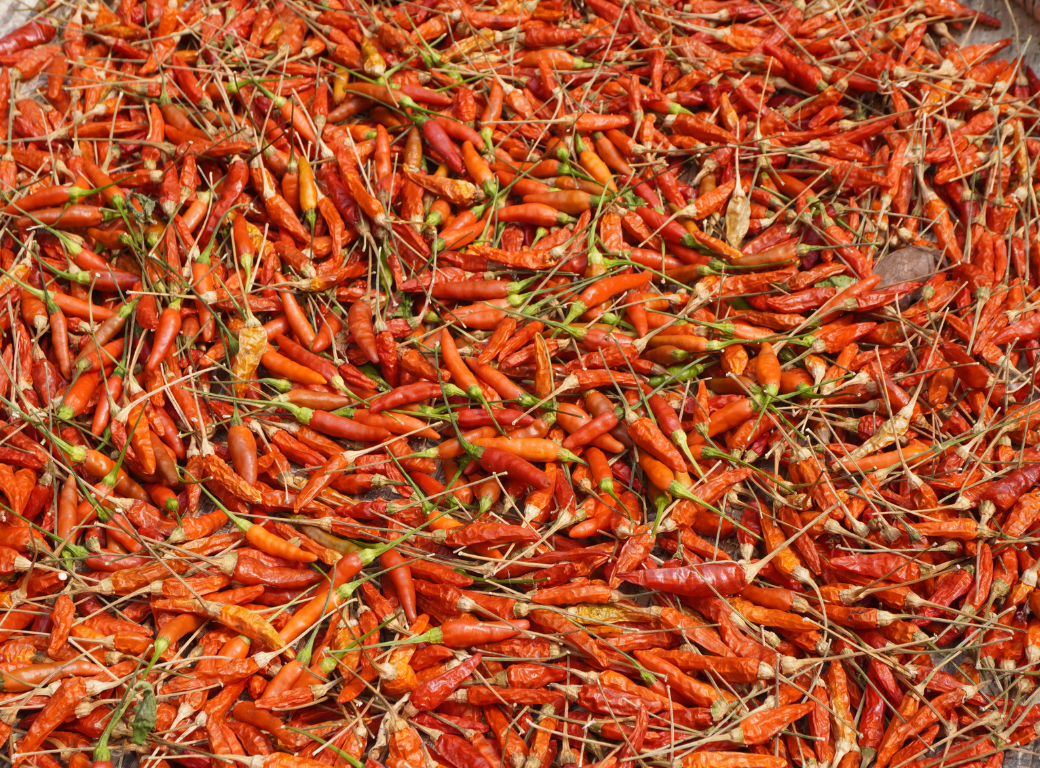
We are growing forest-friendly livelihoods in six Indigenous Kuy and other local communities in Cambodia. We have supported over 100 families to establish farmer-producer groups to share information, explore market linkages, and launch revolving loan funds. Our team also provides training on sustainable agricultural methods, focused on elephant-compatible crops like chili and cabbage.
Where We Work
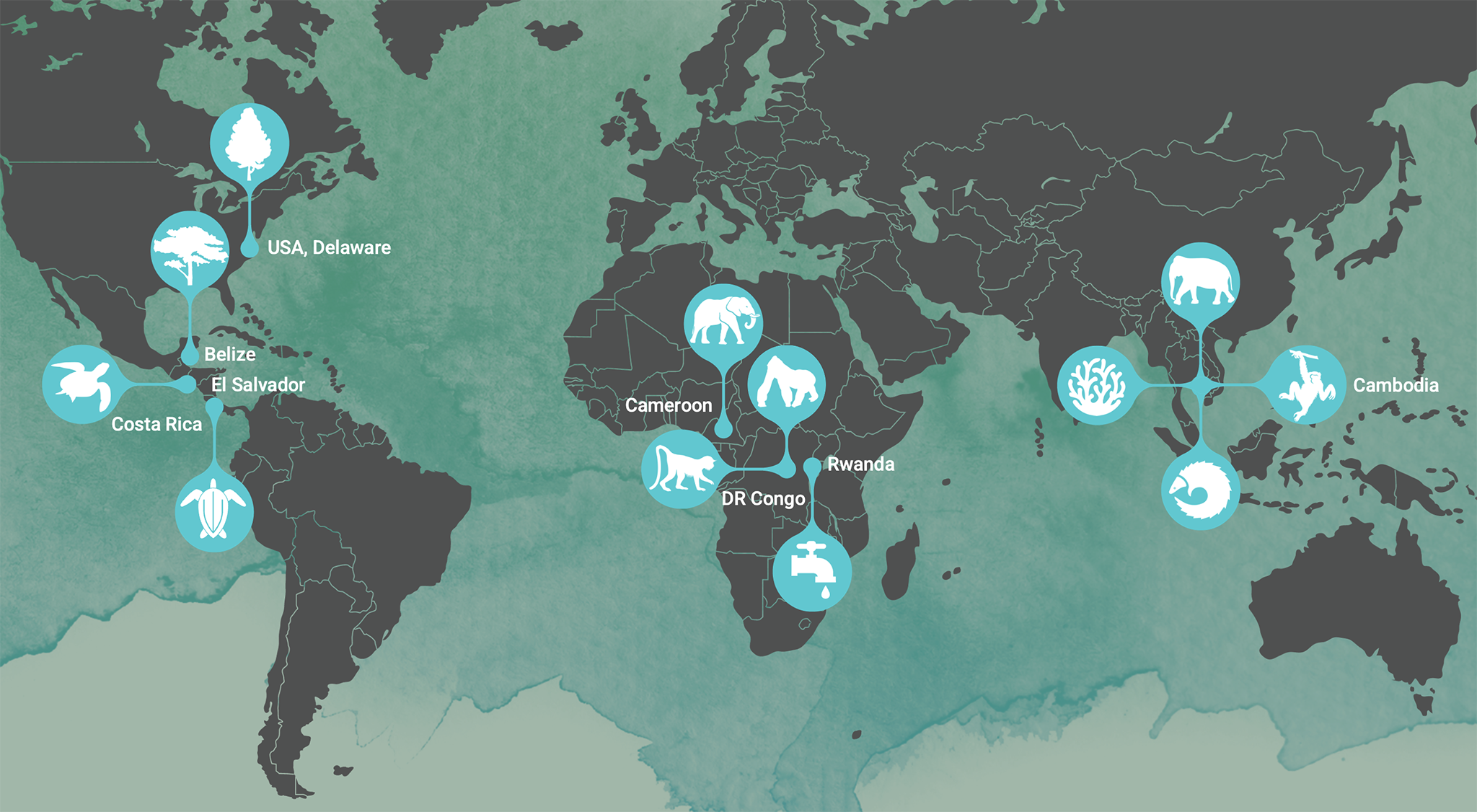
Protecting the future of our planet has never been more critical. Together, we are making a difference in vital areas of our natural world. With your support, we will expand our track record of success and the impact we deliver for wildlife, habitats, and people.
Through the end of the year, your gift will be DOUBLED up to $100,000.
Photo credits: Kelly Hogan, Allison Shelley, Primal, Phallin Chea, Ben Valentine, Carlos Rivas, African Conservation and Development Foundation

